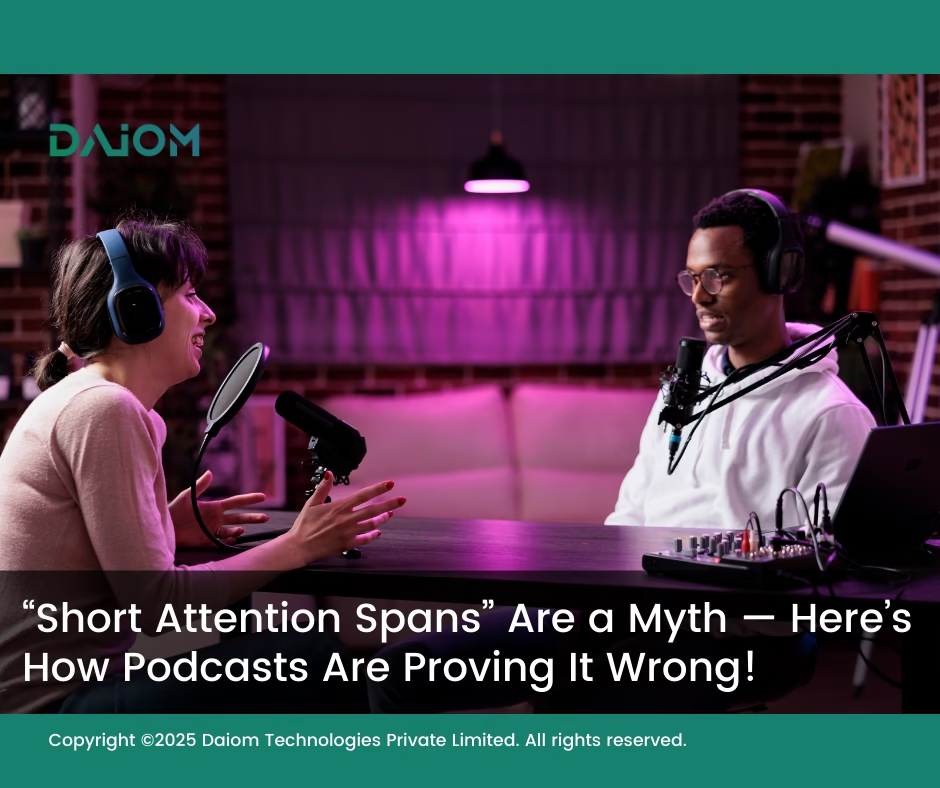We keep hearing it—“People don’t have time,” “Everyone wants short content,” “No one watches anything beyond a minute.” And yes, that feels true. We scroll past reels, swipe through stories, and lose interest quickly when the content feels generic.
But when something truly adds value, people are willing to stay. Sometimes for hours.
This is where podcasts stand out.
Most online content is short and fast. But podcasts are different. They’re slow, deep, and growing fast.
Some podcasts are 1 to 3 hours long, and still millions of people listen. In India, even MBA colleges suggest podcasts to students. People enjoy them to learn new things and hear real stories.
Earlier, podcasts were just audio. Now, they come with video. Creators post short clips on Instagram or YouTube and lead people to the full episode on Spotify or other platforms. So even if short content is popular, podcasts show that people still spend time—if the content is worth it.
This blog explores why long-form podcasts are booming—even in a short-attention world—and how creators and brands are using them to learn, share, and connect.
Podcasting is the modern-day renaissance of spoken word media. It’s not just entertainment; it’s an opportunity for brands to deeply connect with their audiences on a personal level.
Alex Blumberg, Founder of Gimlet Media
Table of Contents:
1. The Origin and Rise of Podcasts
Podcasting as we know it today has an interesting history that dates back to the early 2000s. Before podcasts, there were video blogs and internet radio shows, but the concept truly took off in 2003.
But in 2003, a key breakthrough took place: software engineer Dave Winer created an audio RSS feed, which allowed former New York Times reporter Christopher Lydon to share interviews as audio content on his blog. This laid the foundation for what would become the podcasting revolution.

Here’s how it all began:
- 2003: Dave Winer, a software engineer, created an audio RSS feed for Christopher Lydon. This allowed him to share audio interviews on his blog, marking the beginning of podcasts.
- 2004: Dave Winer and Adam Curry created iPodder, a program that let people download audio content to their iPods. The term “podcast” was first used.
- 2004: The first podcast hosting platform, Libsyn, was launched.
- 2005: Apple added podcast subscriptions to iTunes, making podcasts more popular and easier to access.
- 2006: Steve Jobs demonstrated how to make a podcast using Apple’s GarageBand software. Ricky Gervais set the world record for the most downloaded podcast in one month, with over 260,000 downloads.
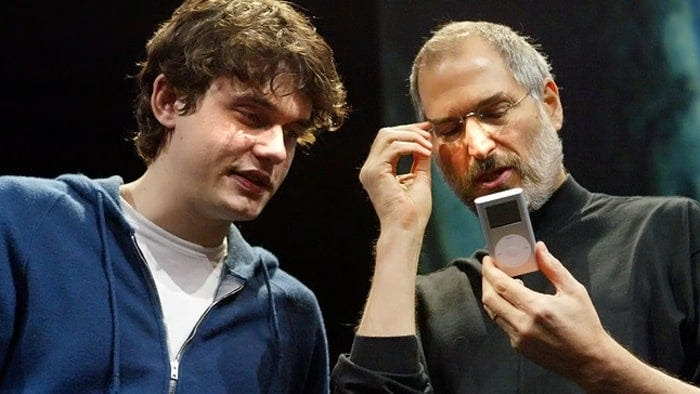
- 2011: Adam Carolla broke the world record for the most downloaded podcast, with more than 59 million downloads.
- 2014: The podcast This American Life was released in podcast format, helping more people discover podcasts.
- 2014: The true crime podcast Serial became a huge hit, tripling the number of podcast listeners.
- 2015: Serial won a Peabody Award, proving that podcasts were a serious form of media. Marc Maron interviewed President Obama on his podcast WTF with Marc Maron, drawing more attention to podcasts.
- 2017: Amazon Prime turned the popular podcast Lore into a TV show, showing how podcasts were influencing other types of media.
- 2020: Joe Rogan signed a $200 million deal with Spotify for his podcast The Joe Rogan Experience, bringing podcasting even more into the mainstream.
Podcasting has since evolved from a niche hobby to a dominant form of entertainment, education, and storytelling, with millions of loyal listeners around the world.
2. Do People Still Watch or Listen to Long Content?
If people would truly watch or listen to long content, podcasts like Lex Fridman’s wouldn’t have millions of listeners who stay for episodes that go over two hours. Joe Rogan also wouldn’t have built a huge media empire with conversations that last three hours.
The same is true when it comes to popular Indian podcasts.
Podcasts like All The Small Things, WTF Is? & Barbershop are growing in popularity. These shows aren’t short clips. They are deep, interesting, and well-thought-out—and people keep coming back for more.
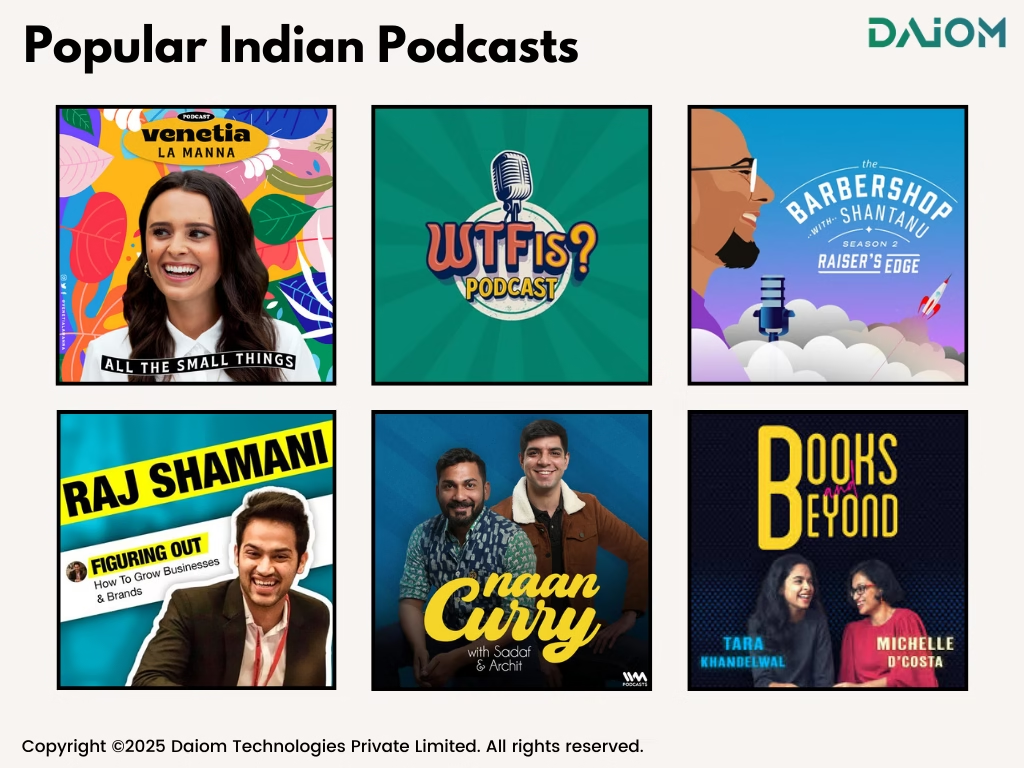
The real problem isn’t with long content; it’s with content that’s irrelevant or poorly made. What successful podcasts understand, and what many creators miss, is that people will spend their time on content that offers real value.
When content teaches something useful, brings curiosity, or is truly fun, people don’t just watch or listen for a few minutes—they’ll stay for an hour, or even three. This attention isn’t forced; it’s earned.
3. Are Podcasts the New Way to Learn?
In India, top MBA colleges are now recommending podcasts to students as an alternative learning method. Rather than relying solely on textbooks, students are turning to podcasts for up-to-date industry trends and valuable insights.
Podcasts are becoming the “new-age MBA” for those looking to broaden their knowledge in a more engaging and accessible way.

Podcasts have become a go-to resource for learning about a wide range of topics. If you’re interested in staying up to date with marketing trends, there’s a podcast that covers it.
Those looking to learn about startups, funding, or hear insights from successful entrepreneurs can find relevant episodes. Even complex topics like negotiation skills or decision-making are covered in-depth, with podcasts offering valuable perspectives and knowledge.
Podcasts are becoming a go-to source for curious minds, offering an educational experience that’s easy to access and enjoyable to follow. Just as books and blogs shaped previous generations, podcasts are now the key to learning on the go.
4. Top Podcasts in India & Around the World
Podcasts have become a go-to source for learning, entertainment, and inspiration. Whether you’re commuting, cooking, or winding down, there’s always something valuable to tune into.
4.1 Top Podcasts in India
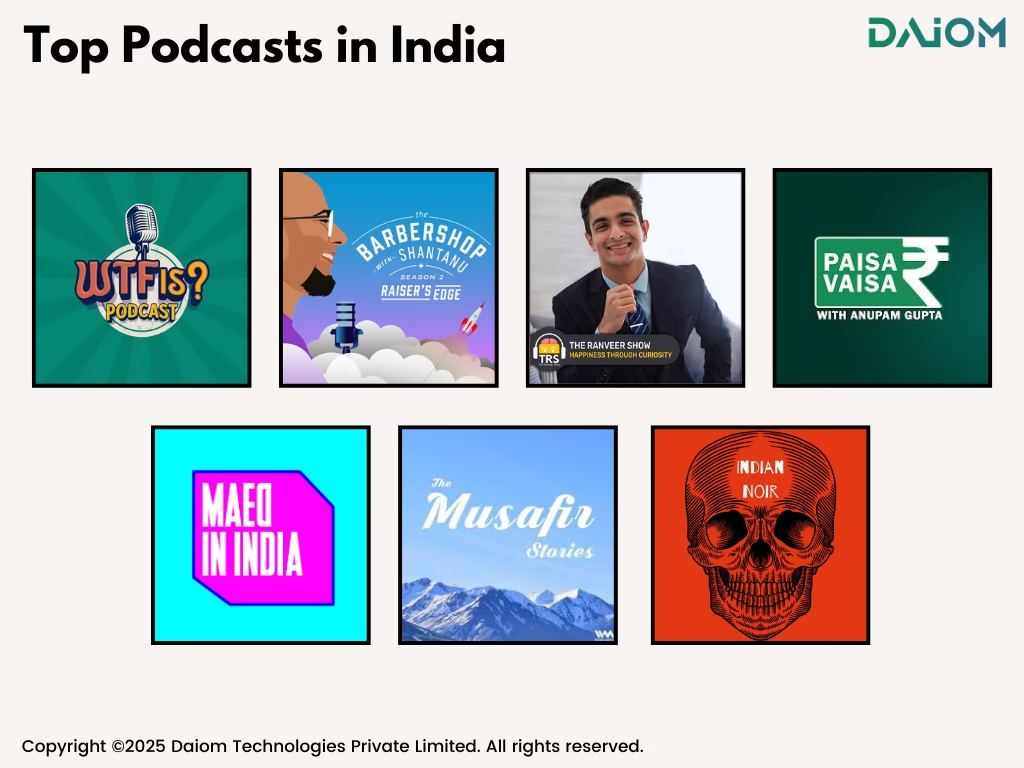
The Ranveer Show (TRS) – Deep, insightful chats with industry leaders, entrepreneurs, and creatives.
Barbershop with Shantanu – Honest and unfiltered conversations with athletes, artists, and change-makers. Hosted by Shantanu Deshpande, it’s all about real talk with real people.
WTF is with Nikhil Kamath – A refreshing mix of finance, tech, and life with India’s top minds. Thought-provoking and candid.
Paisa Vaisa – Personal finance simplified. Ideal for anyone looking to grow their money smartly.
Maed in India – The best of India’s independent music scene, served with stories behind the sound.
The Musafir Stories – Travel tales from across India that take you places without leaving your seat.
Indian Noir – Dark, gripping fiction with a desi twist. Perfect if you love crime or horror.
4.2 Top Global Podcasts
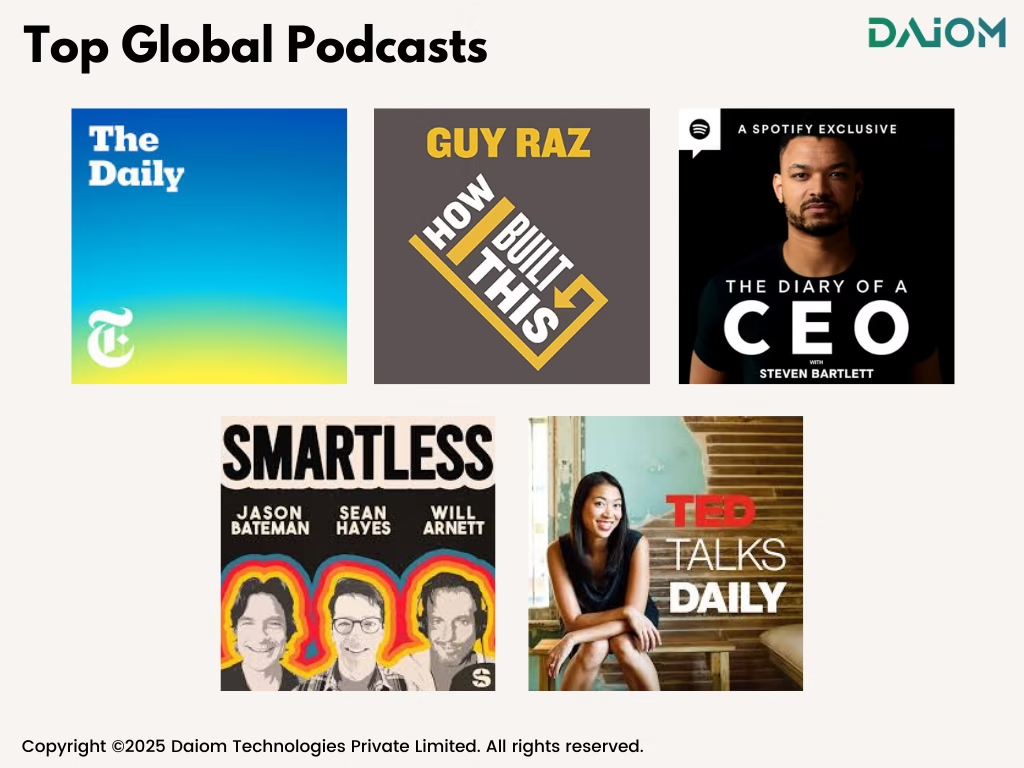
The Daily (The New York Times) – Quick, sharp news updates from around the globe.
How I Built This (Guy Raz) – Stories behind some of the world’s biggest brands, directly from the founders.
Diary of a CEO (Steven Bartlett) – Honest conversations on business, mindset, and success.
TED Talks Daily – Daily insights from some of the most brilliant minds on the planet.
SmartLess – A fun and spontaneous celebrity podcast with Jason Bateman, Will Arnett, and Sean Hayes.
5. Why Are Reels The Hook, and Podcasts The Depth?
People don’t usually wake up excited to listen to a random 2-hour podcast. That’s why short-form content is so effective.
In fact, 82% of people prefer shorter videos on social media platforms like Instagram, YouTube Shorts, and Twitter. Creators now share 60-second clips from their podcasts, offering funny moments, interesting insights, or mini stories that quickly grab attention.
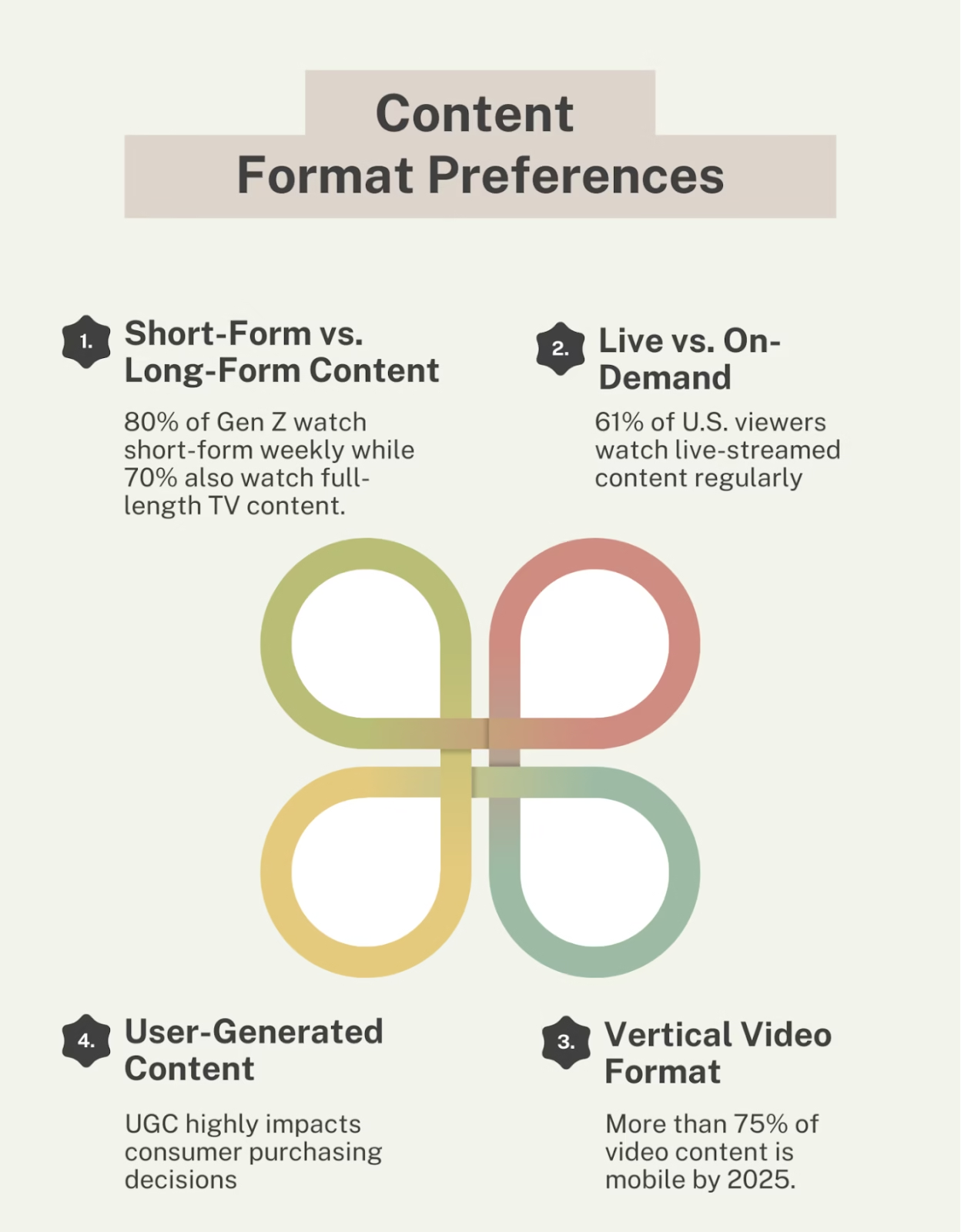
Before you know it, you’re clicking to listen to the full episode on Spotify or YouTube. In fact, 54% of podcast listeners have said they discovered podcasts through shorter clips or social media. What started as a quick 60-second clip can easily turn into an engaging 1-hour conversation that doesn’t feel like a task, but a fun experience.
This strategy of using short clips to lead into longer episodes is how many politicians, educators, entrepreneurs, and content creators are successfully building their audiences. It’s not about choosing between short or long content—it’s a flow, starting with short-form and leading to long-form.
6. Why Do People Listen to Podcasts?
People spend time listening to podcasts because they form a connection with the host. Over time, they begin to trust them. The host shares personal stories, jokes, asks meaningful questions, and sometimes even fumbles—all of this builds a genuine human connection that no blog or social media post can match.
This is why brands are increasingly embracing podcasts. Companies like Zomato, Cred, and Bumble are launching their own branded shows.
Venture capitalists and founders from firms like Sequoia, Accel, and Peak XV host podcast episodes. D2C brands feature interviews with founders and CMOs to build trust with their audience. Instead of pushing products, they are telling authentic stories.
7. What's Next for Podcasts in India?
Podcasts in India are just getting started. While entertainment podcasts are popular, more people are looking for “learn-tainment” – a mix of learning and entertainment.
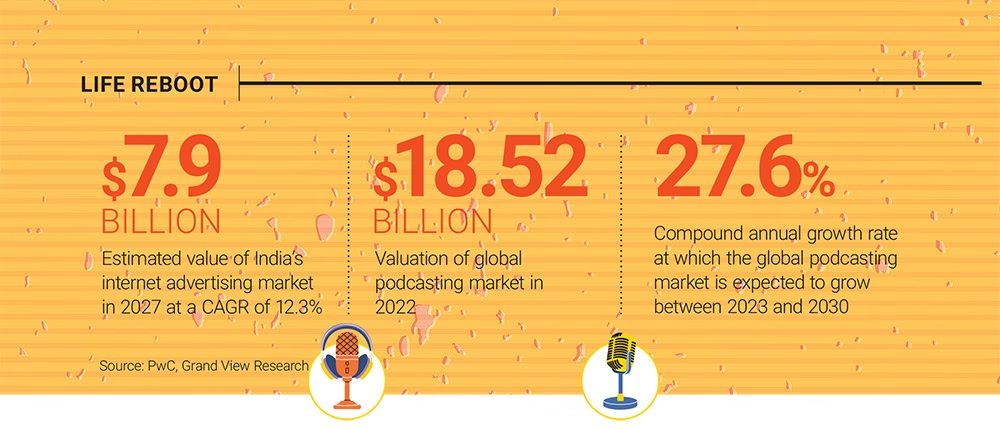
Shows like The Ranveer Show, The Musafir Stories, WTF Is, and The Seen and The Unseen cover topics like culture, economics, psychology, politics, and more.
Today, even politicians like Narendra Modi and others are exploring podcasts to connect with their audiences and share their messages. In the future, we can expect:
- Podcasts in Regional Languages: More podcasts in local languages for a wider audience.
- Podcasts for Professionals: Special podcasts for fields like law, medicine, and marketing.
- Live and Interactive Shows: Podcasts will include live tours, Q&A sessions, and content driven by the audience.
- AI Tools: Smarter tools to help people find the podcasts they want to listen to more easily.
8. Conclusion
People don’t listen to podcasts just because they’re popular. They listen because they want more than just the quick headlines or fast scroll. In a world full of distractions, podcasts give us a place to dive deeper.
So no, we’re not losing interest—we’re just being smarter about where we spend our time. Next time someone says, “No one listens to long content anymore,” share a 3-hour Lex Fridman episode, a Barbershop interview, or a Harsha Bhogle cricket breakdown. See how long they stay tuned in. Chances are, they’ll stick around.
If you’d like to discuss how we can help enhance your brand presence and optimize your strategies, we’d be happy to set up a consultation call. Feel free to reach out to us at alibha@daiom.in
For more informative content and blog, follow and stay tuned to DAiOM.
Subscribe to our NEWSLETTER!


